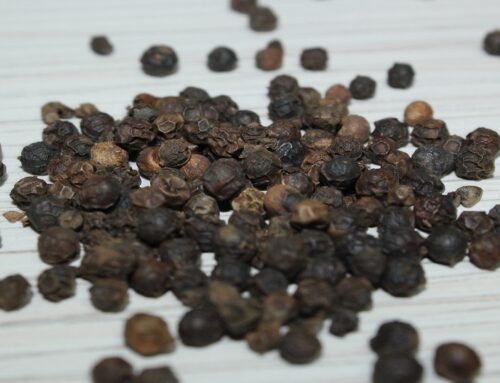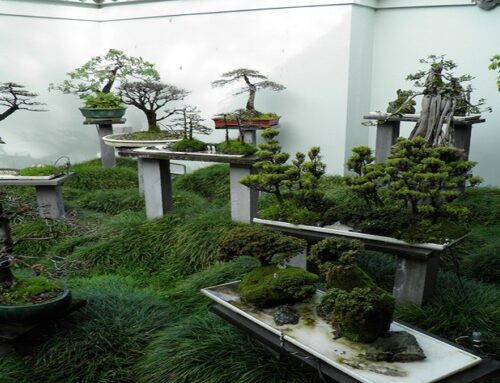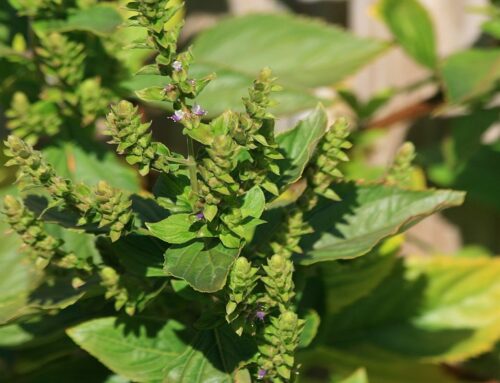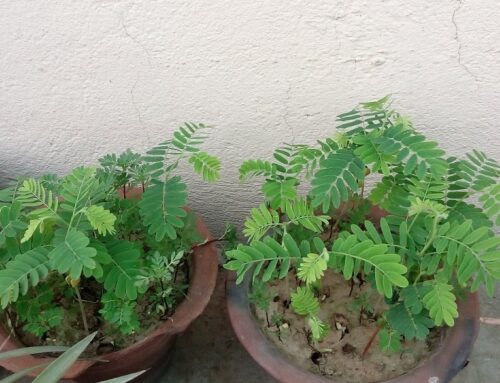Spirulina is one of the most talked about super foods today. Spirulina is actually a blue-green aquatic cyanobacterium or a common form of blue-green algae with photosynthetic capabilities. There are about 60 different species of spirulina. However two of them are commercially cultivated. Scientific name of cultivated species of spirulina are Arthrospira (Spirulina) platensis and Arthrospira (Spirulina) maxima. Arthrospira maxima is found growing in Central American countries while Arthrospira platensis is common in Asian and African countries. Spirulina is commercially produced in many Asian countries including Thailand, India, Taiwan, China, Bangladesh, Pakistan, and Myanmar. It is produced in the United States of America also in considerable quantities. Other major producers are Greece, and Chile. Spirulina thrives well in warm, alkaline fresh waters. It requires a pH of 8.5 or above for its healthy growth. Optimum temperature for its growth is 30 °C (86 °F). Spirulina is suitable for tank cultivation and pond culture.
Spirulina is rich in pigments and it contains three pigments namely, chlorophyll, phycocyanin, and beta-carotene that give it a green, blue and orange tints respectively. Chlorophyll helps this blue-green algae for photosynthesis by which it synthesizes its own food. Pycocyanin is a valuable antioxidant. Beta-carotene is precursor to vitamin A. Production of spirulina as a protein-rich food has many advantages. It has very high protein content, up to 70% of dry weight. Therefore spirulina seaweeds are used as protein supplements.
Top quality spirulina supplement has a solid, dark green colour, and it quickly dissolves into water. Spirulina protein is easily digestible and its protein quality is one of the best in the plant world. Any amino acid imbalance in a diet can be easily corrected by consuming spirulina-rich protein food. In other words, spirulina microorganisms represent one of the richest protein sources of plant origin. Spirulina food supplements are available in the market as tablet, flake and powder forms.
Spirulina biomass is also used in aquaculture and poultry industries as feed supplements. Spirulina is known for its anticancer and antitumor properties. It is also considered as an antiviral, antibacterial and antifungal agent.
Nutrition in Spirulina Seaweed
Dried spirulina contains 57.47 % protein and it contains all essential amino acids thus making it a complete protein food. It is a rich source of dietary fibre, minerals and vitamins, thus making it a most-sought after super food. Spirulina does not contain vitamin B-12 naturally and hence not recommended as a Vitamin B-12 source.
Wakame, Another Superfood Algae
Scientific name of Wakame or Quandai-cai is Undaria pinnatifida and it belongs to the family Alariaceae. Sometimes it is referred as ‘sea mustard’. Wakame is believed to be a native to the Japan Sea. It is brown-coloured edible algae grown as an annual seaweed of temperate climate. It is naturally found growing on the surfaces of rocks or other hard substrates along the sea shores. It is invasive in nature. These seaweeds are found growing in deep waters. Wakame is one of the most important species of commercial, edible seaweed, next to nori, in Japan. Wakame is commercially cultivated in Japan, China and Korea in large scales. It is also cultivated in France, Tasmania and New Zealand.
Nutritional Significance of Wakame: Wakame is rich in vitamin B group; it has also considerable amounts of manganese, copper, cobalt, iron, nickel and zinc. Wakame is a rich source of good quality protein and calcium.
Wakame is Rich in Dietary Fiber: It is high in dietary fiber and therefore has many health benefits as it reduces the risk of colon cancer, removes constipation, and good for treating hypercholesterolemia, obesity and diabetes.
Wakame as a Weight Loss Food: The fat content is quite low in wakame thus making it suitable for weight loss diet.
Wakame is Rich in Vitamins: Vitamin content in both fresh and air-dried wakame is almost same. Vitamin B12 is not naturally present in wakame and presence of Vitamin B6 is also negligible in wakame. However, when wakame is processed, all its vitamins are lost.
Wakame is Rich in Minerals: It has high levels of sodium, calcium, iodine and magnesium.
Wakame is Rich in Omega-3 Fatty Acids: Wakame is a rich source of eicosapentaenoic acid, an omega-3 fatty acid.
Wakame is Rich in Antioxidants: Wakame contains 5–10% fucoxanthin, an important antioxidant. Fucoxanthin is is a characteristic carotenoid of brown algae and is believed to have anti-obesity effects in diet-induced obesity. Researches on various pharmacological properties of fucoxanthin showed that fucoxanthin has fat-burning properties. Fucoxanthin has also shown a great antioxidant activity, and anti-cancer properties. It is believed to have anti-diabetic and anti-aging properties as well.
Wakame Has Medicinal Properties: Wakame is also used for its anti-inflammatory activity. Wakame is good for blood purification, and intestinal strength. It is used in skin and hair beauty treatments.
Wakame has a lot of other nutritional and health benefits also.
Processing of Wakame: Wakame is consumed in dried, frozen and fresh forms. It has a subtle sweet flavour and satiny texture. Wakame is marketed as the frozen sporophylls in Japan and other countries. Sporophylls are the flowering sprouts located at the base of Undaria pinnatifida just above the root. Sporophylls of brown algae such as Undaria pinnatifida is known to be a source of Fucoidan. Fucoidan (fucan sulphate) is a fucose-containing sulphated polysaccharide. Fucoidan is believed to be having anticoagulant and anti viral properties. In Japan, the frozen sporophylls of Undaria pinnatifida is known as mekabu, a savoury food. Wakame is also marketed as cooked and salted leaf blades and midribs. In Japan markets, dehydrated or dried, seasoned and instant wakame products are also available.
Food Uses of Wakame: Wakame is commonly used in broths, soups, pickles and salads. Dried powder of wakame is used as a garnishing agent in fried noodles and rice preparations. Raw wakame leaves (fronds) are used as vegetables. Since wakame fronds enlarge while cooking, it is advised that chopped fragments are used for cooking it.
For using as vegetables, collect wakame and remove the roots and upper leaves. Clean it thoroughly under running water. Immerse clean and fresh wakame in boiling water for 30 seconds. Take it out from boiling water and rinse with ice-cold water. Spread out cooked wakame in a tray and remove hard midribs one by one. Then chop the leaves into small fragments and mix it well with other salad ingredients. Wakame salad is ready.
We have a book on ‘Seaweeds as Vegetables‘….
Check out our publishing services here…
We publish top quality videos on various ‘Food & Agriculture’ topics. You may subscribe our video channel here…






